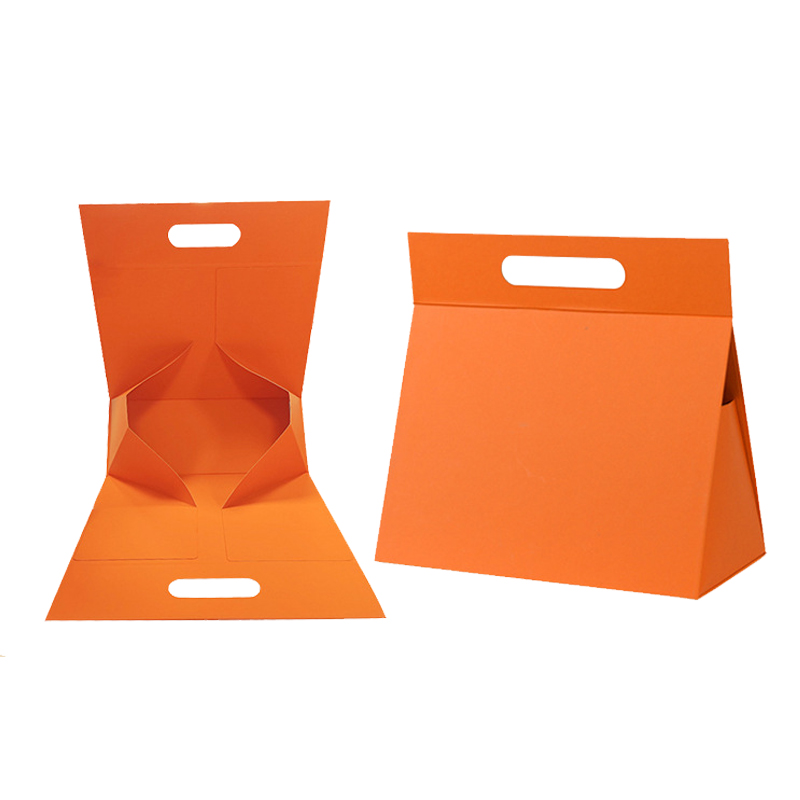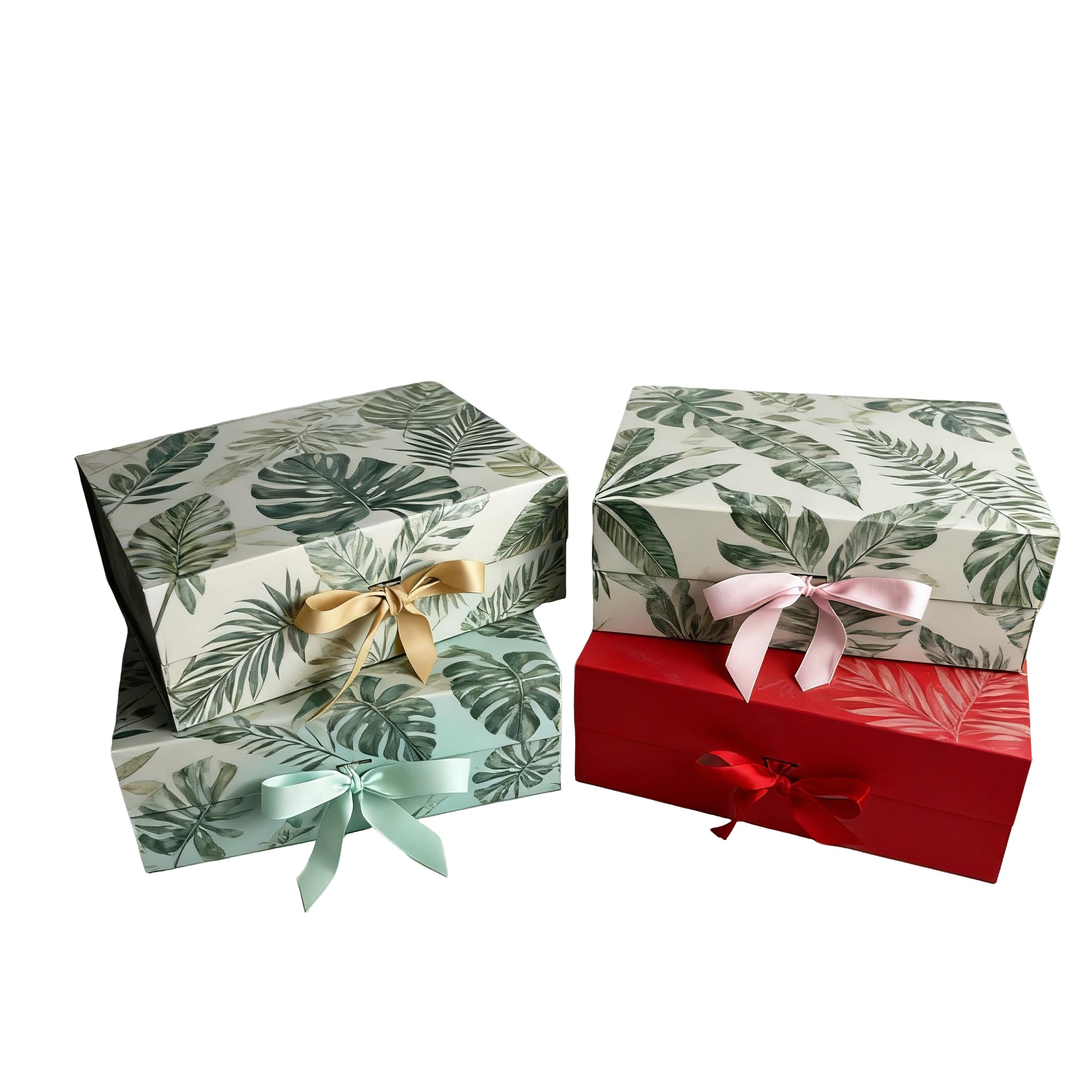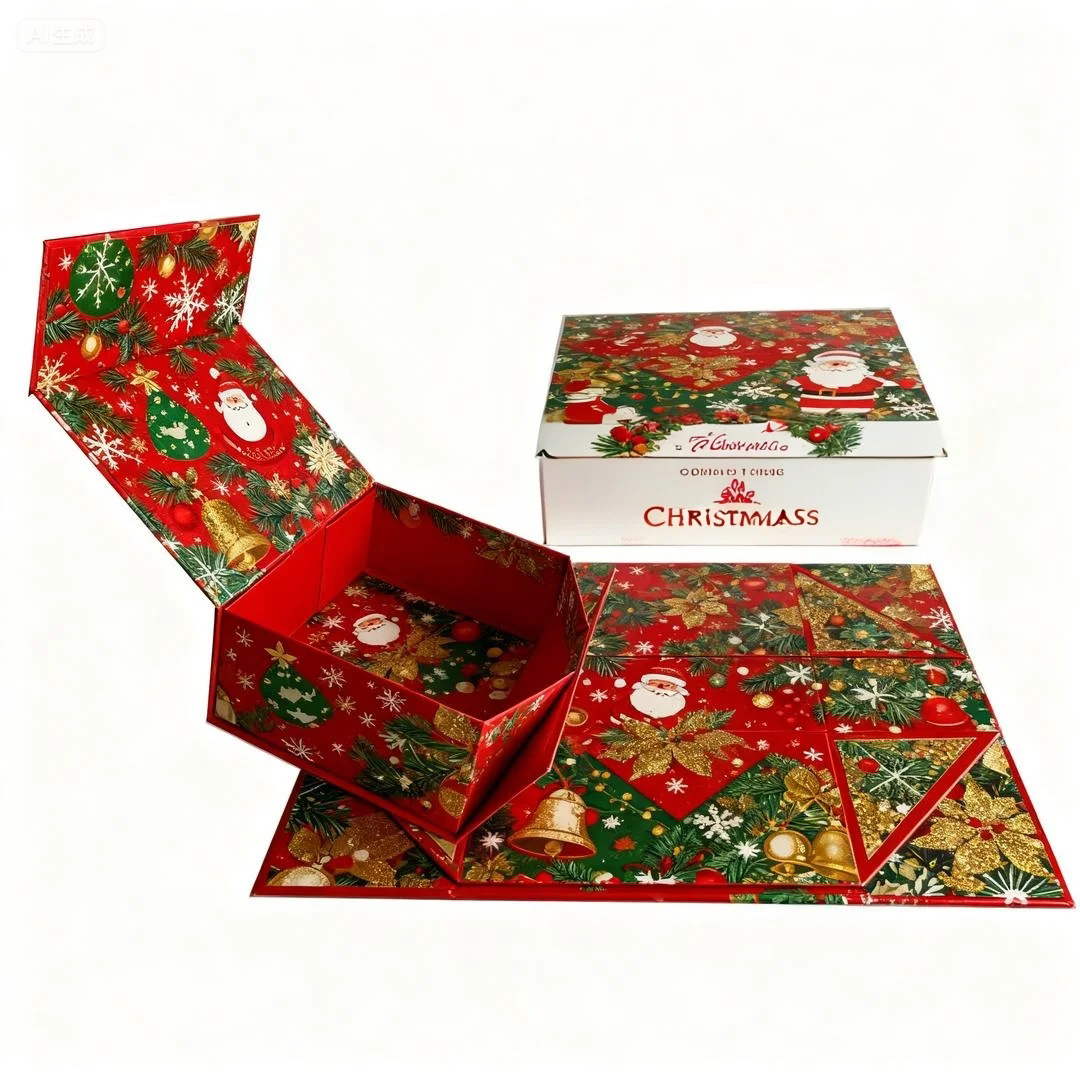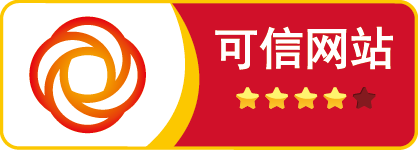Cardboard Box Printing Methods: How to Choose the Best for Your Packaging
Upload Time:
Jun 13, 2025
Discover the best printing methods for cardboard packaging boxes - flexography, offset, digital & screen printing. Compare pros, cons and find your perfect match!
Choosing the Right Printing Method for Your Cardboard Packaging Boxes
Your packaging is more than just a box—it’s the first physical touchpoint between your brand and customers. High-quality printing elevates your product’s perceived value, reinforces brand identity, and ensures safe delivery. But with multiple printing techniques available, how do you choose the best one for your custom cardboard boxes?
Let’s explore the top printing methods and their unique advantages to help you make an informed decision.
Direct vs. Pre-Printing: Which is Best for Your Boxes?
Before diving into specific techniques, it’s essential to understand the two primary approaches:
-
Direct Printing (Post-Printing)
The most common method, where designs are printed directly onto the assembled box using flexography or digital printing. Ideal for cost-effective, high-volume orders. -
Pre-Printing
The design is printed on paper first, then laminated onto corrugated cardboard. This method delivers superior print quality, making it perfect for premium packaging.
Now, let’s break down the best printing methods for your custom packaging.
1. Flexographic Printing: Speed & Affordability
Best for: High-volume orders, simple to moderately complex designs.
Flexo printing is a go-to choice for corrugated boxes due to its fast production speeds and cost efficiency. Using flexible plates, it works well on both smooth and rough surfaces.
Pros:
✔ Cost-effective for large orders
✔ Fast turnaround
✔ Works on various materials
Cons:
✖ Limited color accuracy (not ideal for CMYK)
✖ Lower resolution than offset printing
2. Offset Printing: Unmatched Quality & Detail
Best for: Brands needing photorealistic prints, high-end packaging.
Offset printing (or litho lamination) produces sharp, vibrant designs with precise color matching. It’s perfect for intricate logos, gradients, and high-detail artwork.
Pros:
✔ Exceptional print quality
✔ Pantone color accuracy
✔ Great for large batches
Cons:
✖ Higher setup costs
✖ Longer lead times
3. Digital Printing: Customization & Quick Turnaround
Best for: Small to medium runs, personalized packaging, fast deadlines.
No plates, no hassle—digital printing allows for easy customization with minimal setup. It’s ideal for brands that need variable designs (like unique serial numbers or seasonal editions).
Pros:
✔ No minimum order quantity
✔ Fast setup and production
✔ Full customization options
Cons:
✖ Higher per-unit cost for bulk orders
✖ Slightly limited color range
4. Screen Printing: Bold & Vibrant Finishes
Best for: Thick ink applications, specialty effects (metallics, gloss), and short runs.
Screen printing creates striking, durable prints with rich colors—perfect for brands that want a tactile, high-impact look.
Pros:
✔ Deep, opaque colors
✔ Works on dark materials
✔ Unique textures & finishes
Cons:
✖ Slower for complex designs
✖ Not cost-effective for large quantities
Which Printing Method Should You Choose?
The right technique depends on your priorities:
✅ Need fast, budget-friendly bulk printing? → Flexography
✅ Looking for ultra-high-definition prints? → Offset Printing
✅ Running a small batch with custom designs? → Digital Printing
✅ Want bold, textured finishes? → Screen Printing
Final Thoughts
Your packaging speaks volumes about your brand. By selecting the optimal printing method, you ensure your boxes not only protect your products but also make a lasting impression.
Need help deciding? Contact our packaging experts for a tailored solution!
Relevant News









